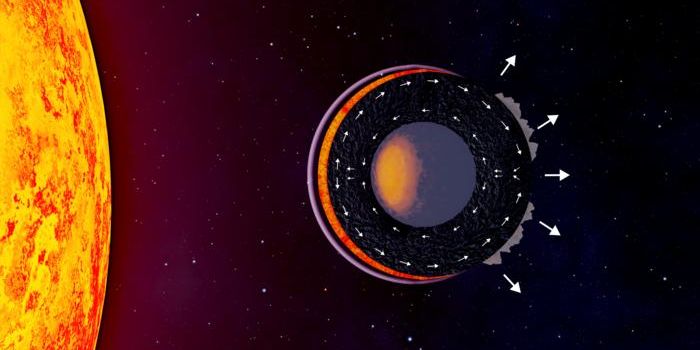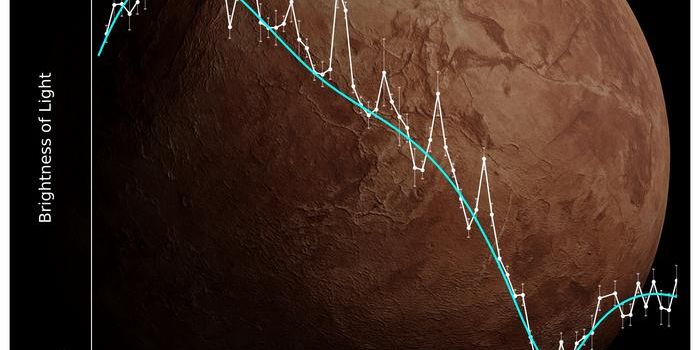Astronomers Unveil Colossal Black Hole Jets Spanning 23 Million Light-Years
How large can black hole jets become? This is what a recent study published in Nature hopes to address as an international team of researchers investigated the largest pair of black hole jet to date, with an estimated length of 23 million light-years. Black hole jets, also called astrophysical jets, occur when a supermassive black hole at the center of a galaxy becomes so active that they emit streams of radiation out of both ends of the black hole, some having been known to approach the speed of light. This study holds the potential to help astronomers better understand the formation and evolution of supermassive black holes across the age of the universe.
"This pair is not just the size of a solar system, or a Milky Way; we are talking about 140 Milky Way diameters in total," said Dr. Martijn Oei, who is a Caltech postdoctoral scholar and lead author of the study. "The Milky Way would be a little dot in these two giant eruptions."
Nicknamed Porphyrion after a Greek mythology giant, the astronomers estimate its age between 4.4 and 6.3 billion years old, making it just under half the age of the universe at 13.8 billion years. For context, this same team of researchers identified the previous record holder for the largest pair of black hole jets in 2022, which were estimated to be 140 Milky Way diameters. Like this finding, the team named that pair also named it after a Greek mythology giant, Alcyoneus.
The study’s results indicate that black hole jets like Porphyrion could play a larger role in the formation and evolution of galaxies within the early universe than previously hypothesized. This is due to the reduced distance within the cosmic web that existed in the early universe, which is comprised of wispy filaments connecting and feeding the young galaxies that were still growing during that time.
"Astronomers believe that galaxies and their central black holes co-evolve, and one key aspect of this is that jets can spread huge amounts of energy that affect the growth of their host galaxies and other galaxies near them," said Dr. George Djorgovski, who is a professor of astronomy and data science at Caltech and a co-author on the study. "This discovery shows that their effects can extend much farther out than we thought."
While the team remains puzzled regarding how black hole jets of this size can maintain their activity for so long, specifically since the universe was between 7 to 15 times denser than present day, future research could help ascertain their longevity.
What new discoveries about black hole jets will researchers make in the coming years and decades? Only time will tell, and this is why we science!
As always, keep doing science & keep looking up!
Sources: Nature, ScienceDaily, Caltech
Featured Image Credit: NASA/JPL-Caltech








